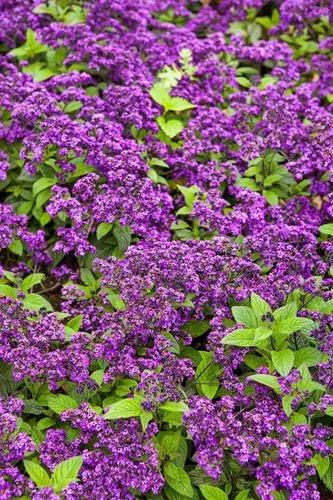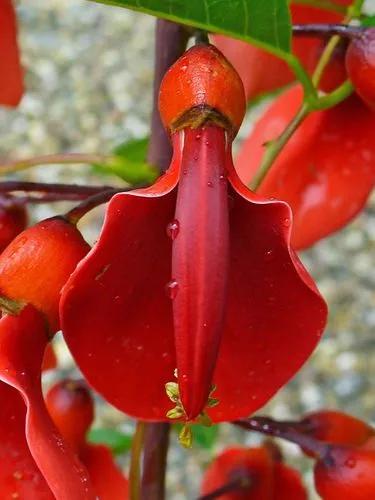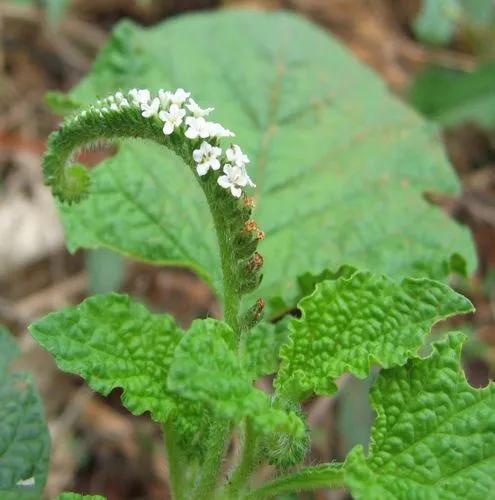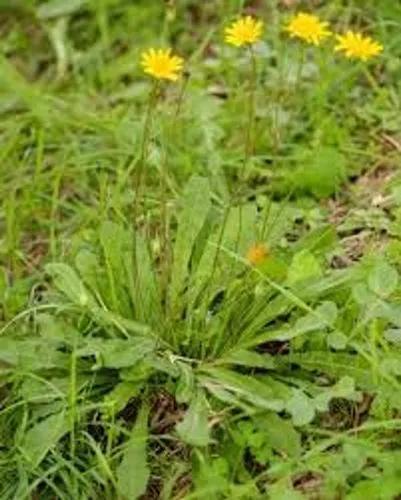Polygaloides chamaebuxus, synonym Polygala chamaebuxus, the shrubby milkwort, is an ornamental plant in the family Polygalaceae. Its flowers are solitary or in pairs in the leaf axils. The inner two sepals, the wings, are upright and white to yellow, sometimes pinkish or purple. The keel petals are bright yellow, aging to brownish-red or purple. It is native to the Alps and the mountains of west-central Europe. It was known to be grown in cultivation in about 1658 and was illustrated by Carolus Clusius. It has been given the Royal Horticultural Society's Award of Garden Merit.
Polygala Chamaebuxus Care
Polygala Chamaebuxus
Other names: Polygaloides Chamaebuxus, Polygala Chamaebuxus ‘kamniski’, milkwort



How to Care for the Plant

Water

While your Sweet Pea Shrub is establishing, it'll appreciate regular watering, especially through the summer months. You should make sure the soil doesn't dry out. Once the shrub is established, it's surprisingly drought-tolerant, although it won't perform as well and could die if the roots are allowed to dry out completely

Pruning

Because this shrub can become rather leggy, pruning in early spring will help to ensure it keeps a compact and tidy shape. It will prevent too much bare trunk and sparsely blooming lower stems from developing and encourage abundant flowering.

Fertilizer

Using a slow-release fertilizer in the spring can encourage strong blooming.

Sunlight

Full sun or lightly dappled positions are best for the Sweet Pea Shrub. This will ensure they flower the most abundantly. If they get too much shade, they can become overly-leggy, and you won't see so many blooms.

Soil

Sweet Pea Shrubs can tolerate a wide variety of soil types, but their preference is for a well-drained, fertile soil that is rich in organic matter. They won't, however, appreciate an overly-wet and heavy soil.

Temperature

For best results, Sweet Pea Shrubs are best grown in warm, frost-free climates. They are, however, surprisingly winter hardy and can still survive when temperatures drop for a short period as low as 20° F.

Popularity

4 people already have this plant 6 people have added this plant to their wishlists
Discover more plants with the list below
Popular articles






